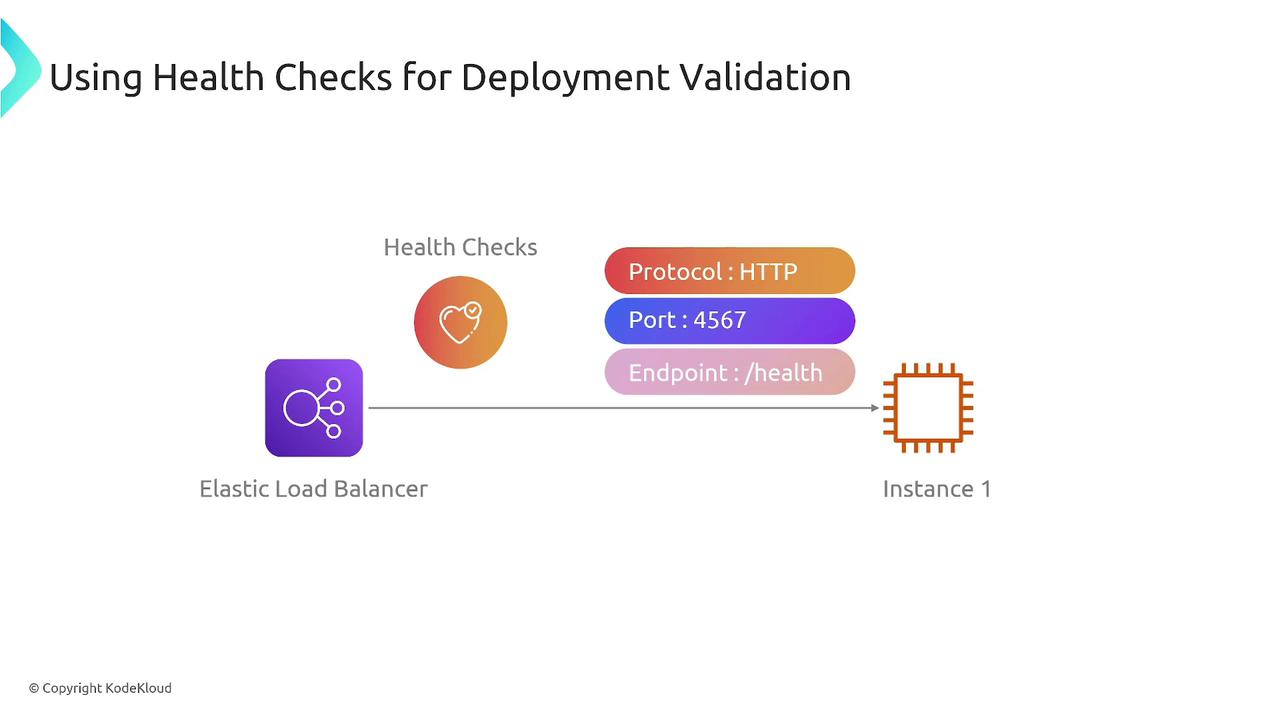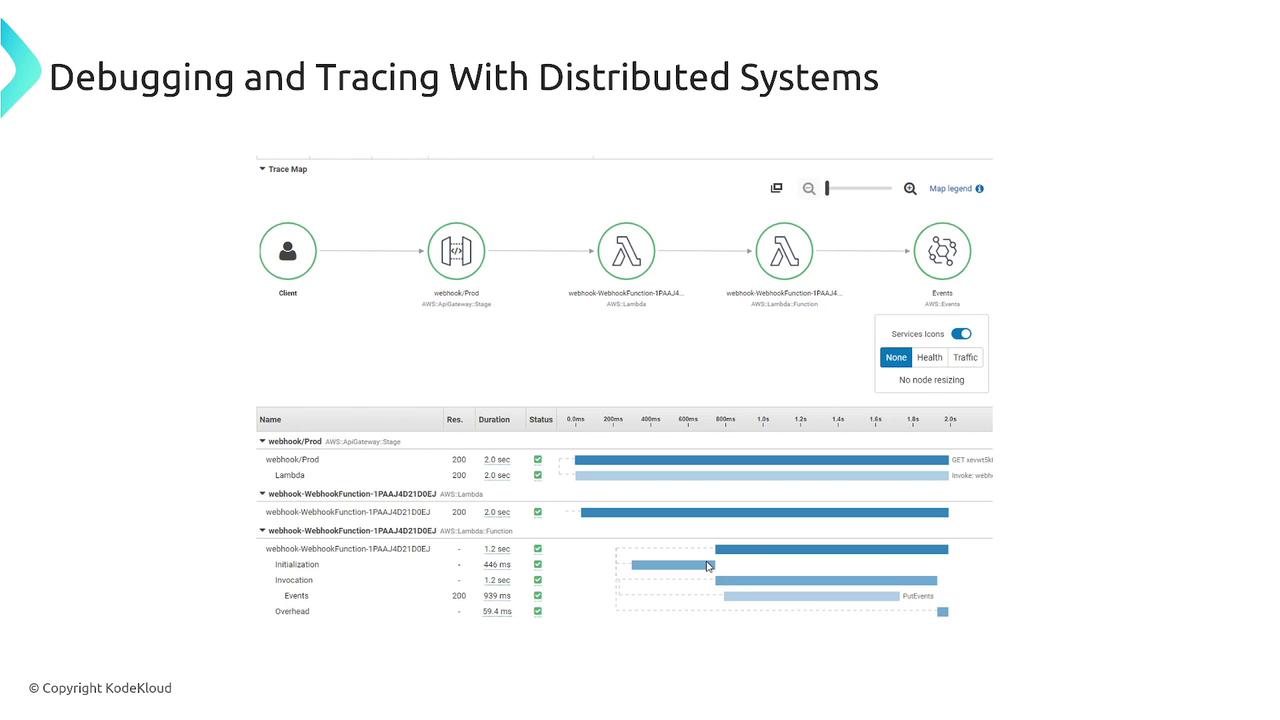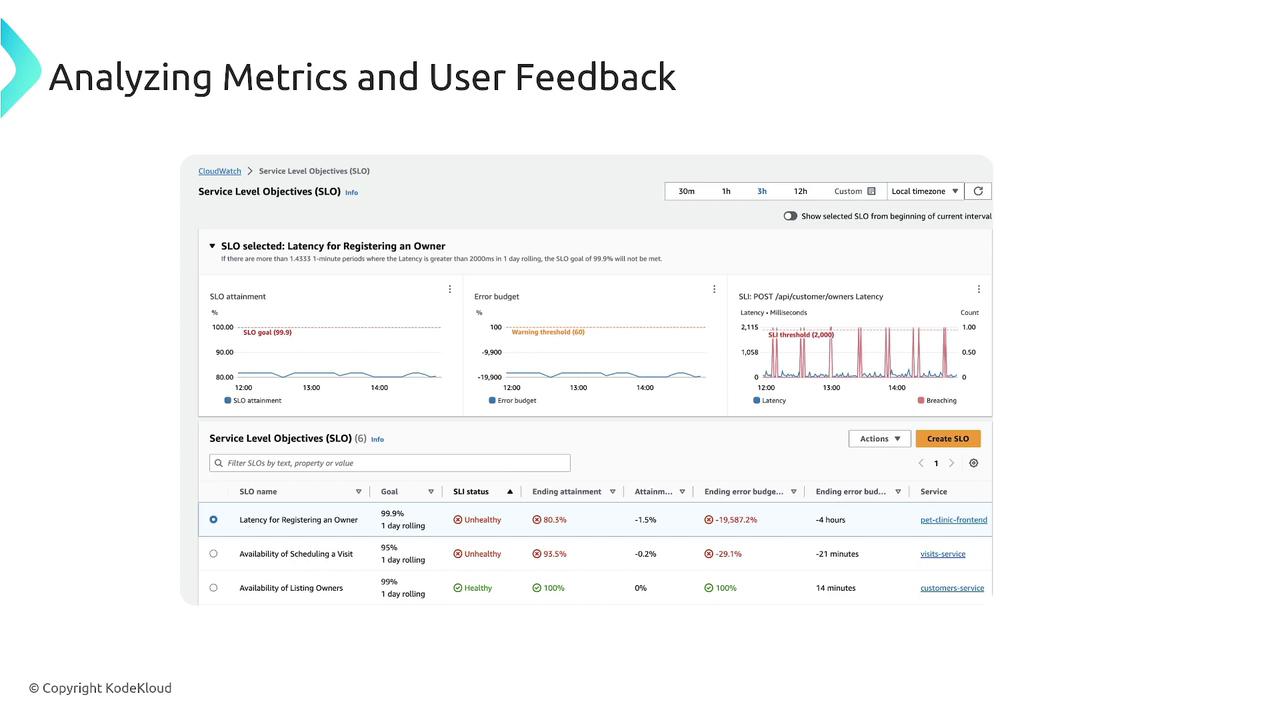AWS Certified SysOps Administrator - Associate
Domain 3 Deployment Provisioning and Automation
Strategies for Identifying and Remedying Deployment Issues
In complex deployment environments, successful management starts with effective monitoring and measurement. In this guide, we delve into several strategies for identifying and fixing deployment issues using AWS services.
Monitoring and Observability in AWS
AWS offers a suite of tools that provide complete observability into your systems by covering the core pillars: metrics, logs, and traces. Key services include:
- Container Insights – A CloudWatch feature that provides detailed metrics and logs of containerized applications.
- AWS X-Ray – Enables distributed tracing to help diagnose performance issues and pinpoint errors in complex applications.
- Managed Prometheus and Grafana – Provides robust metrics visualization for your monitoring needs.
- Amazon CloudWatch – A central hub that aggregates logs, metrics, and alarms for comprehensive system monitoring.
Note
Leveraging these AWS tools ensures that you not only react to issues as they occur but also proactively maintain system health.
Log Analysis and Alerting
Effective log analysis and alerting are vital for early detection of deployment issues. AWS CloudWatch, along with CloudWatch Logs Insights, analyzes log data and triggers notifications when predefined thresholds are met. This proactive monitoring can significantly reduce downtime and enhance system resilience.

In addition to reactive monitoring, integrating automated tests into both pre-production and production pipelines helps ensure ongoing operational health.
Deployment Validation via Health Checks
Ensuring the validity of deployments can be efficiently achieved by incorporating health checks. Health checks can be conducted using load balancers or Amazon Route 53, while custom metrics and logs are collected via CloudWatch. This approach confirms that deployments meet expected performance and operational standards.

Debugging and Tracing in Distributed Systems
For environments comprising multiple interdependent services, AWS X-Ray is essential for debugging and tracing distributed systems. The service map feature in X-Ray, integrated within CloudWatch, provides insightful diagrams and performance metrics across AWS services (e.g., API Gateway, Lambda), allowing you to quickly identify performance bottlenecks.

Monitoring Service Level Objectives (SLOs)
Defining and monitoring Service Level Objectives (SLOs) is crucial for maintaining service quality. AWS CloudWatch enables you to set up SLOs and configure alerts that notify you when performance or error thresholds are exceeded. By continuously measuring SLOs, you can ensure that your services remain within acceptable performance boundaries.

Advanced Monitoring Features
Beyond standard monitoring, AWS CloudWatch includes advanced features such as synthetic monitoring. This feature allows you to simulate user experiences by testing various user journeys across your application. Synthetic monitoring helps ensure that every component performs as expected even under load or varying network conditions.
Tip
Implement synthetic monitoring alongside traditional methods to gain deeper insights into end-user experiences.
Conclusion
Efficient deployment management relies on robust monitoring, comprehensive logging, detailed tracing, and proactive alerting. By leveraging AWS services like CloudWatch, X-Ray, and managed Prometheus and Grafana, you can ensure that your deployments remain healthy and perform optimally. Understanding the functionalities of these tools is key for SysOps professionals looking to excel in managing AWS environments.
For more detailed information, explore the following resources:
Watch Video
Watch video content